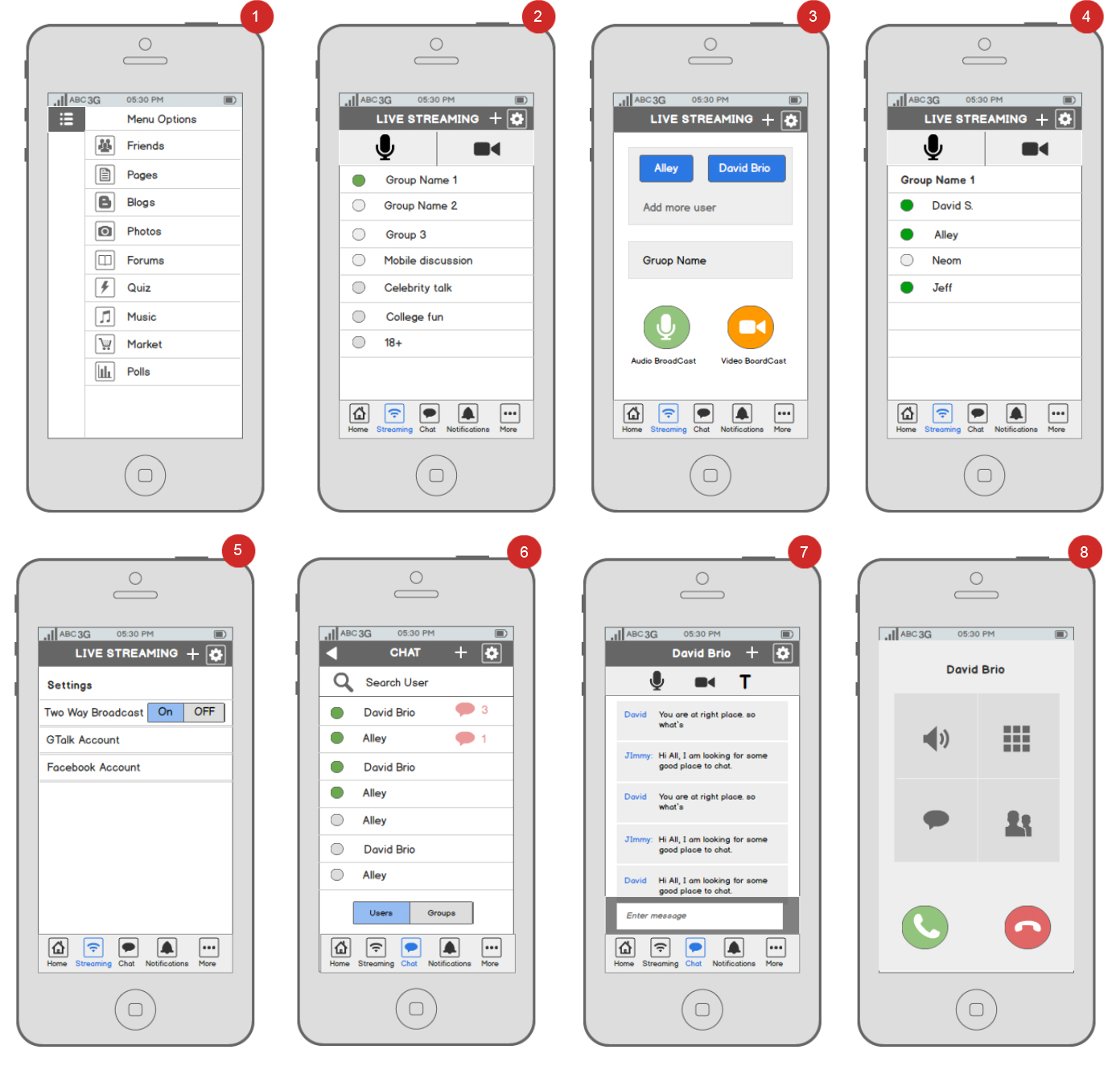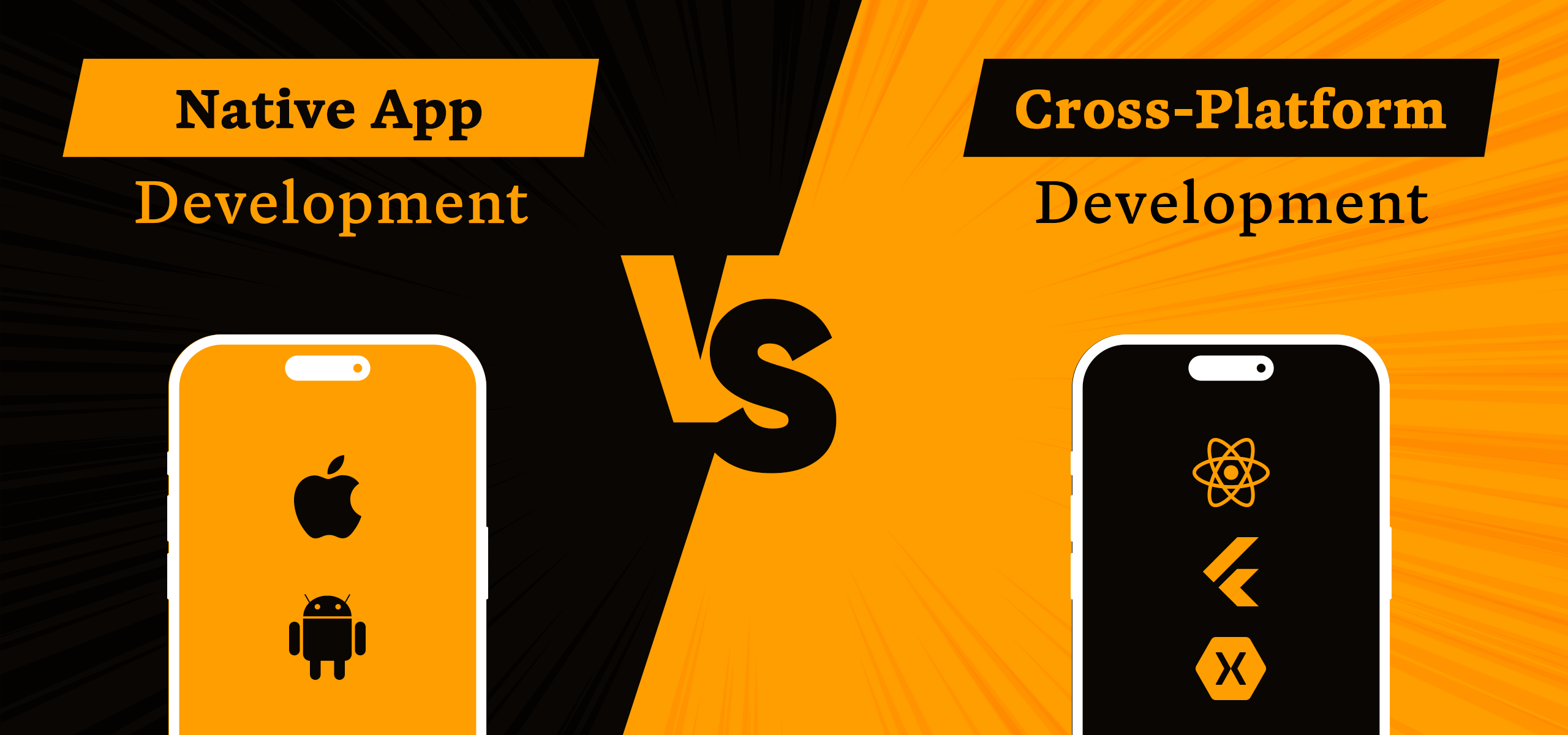Posted on
February 14, 2018
Updated on
March 26, 2024
Read time
 7 mins read
7 mins read
Are you considering getting a mobile/web app? Well, that’s a great idea!
It’s so smart of you that you understand the gravity of digital presence in today’s era. Getting a web or mobile app will automatically put you in a proactive stance in the market and you’ll move towards your goal at a faster pace.
So, now you have the idea but how would you execute it?
Just hire a top-rated application development company and get the app of your dreams, right? Yes, that’s correct! But before that, you need an application requirement document.
I know you must be thinking, “What is an application requirement document?” Or if you already know what it is (you smart fella), you must be wondering, “Is it so important for the success of my app?”
Well, the answer is yes, it is.
An application requirements document is the plan of your app. It contains the outline, goals, specifications, features and technical details that you need to execute in your app. It is a guideline for the mobile app development company you hired to build your app as per your needs.
In this article, we’ll discuss why you need a well-drafted app requirements document, how it will be beneficial to you and key points to be considered to frame a flawless document.
We answer all these questions and more in this blog:
Why do You Need an App Requirements Document?
Let’s imagine you want to get a dazzling tailored suit. You go to the finest tailor shop in the town and explain the type of suit you want. The fabric, the fitting, the cut- Italian, American or English, single breasted or double breasted, the shape of the cuffs-round, diagonal or square, lapel, etc. Explaining this would allow the tailor to custom stitch the suit exactly as per your needs that would look splendid on you.
Similarly, for developing a perfect app you need an app requirements document that explains your idea.
It works as a compass. It gives direction to the developers and you as a client know if the app is being developed as per your plan.
Benefits to the client
App requirements document is a prerequisite for developing an app. It includes the objective of the app and necessary features that the client wants to incorporate. Thus, a precise app is developed exactly as per the envisioned idea.
Benefits to the developer
The developer gets a guideline and pathway to work on. It makes it feasible for them to know the deadline and precise execution of the app.
Here are some points you must consider while you formulate the app requirements document.
Synopsis of the app idea
A brief synopsis can easily explain the central idea and core of the app. E.g. A brief description of a privacy app can be- “Private Vault is a privacy app to hide personal photos, videos and notes and safeguard the personal data.”
Target audience
Considering the target audience is a prerequisite for your app. Locality, age group, profession, etc must be kept in mind while developing the app and must be added to the app requirements document. For example, if an app is developed for kids, it should contain more engaging content like attractive illustrations and pictures rather than just text.
Features
An app requirements document must contain all features you need in the app. This will help the developer to work on the functionality and features as per your needs. For instance, smile and face detection feature in a camera app. Here is an excel sheet containing the features of an app.

Navigation Pattern
You must explain the navigation pattern of the system in the app requirements document. It allows the developer to understand the sequence of the screen that the user will explore. The sequence of intro screen, registration and setup, login, home screen, etc. Tools such as Invision studio, Axure RP, Proto.io and Marvel, can be handy for this.

(Navigation pattern of an email app. Source- Invision)
Details of each module
Just like defining the navigation pattern of the app, it is important to describe the details of each module. It will help the developers to understand the function and importance of each module to develop it in a better way.
Analyse the existing apps and your competitors
“We watch our competitors, learn from them, see the things that they were doing for customers and copy those things as much as we can.” -Jeff Bezos, CEO of Amazon
Though not copying, even by reviewing the existing apps and competitors you can come across some features that can enhance your app. Similar existing apps and websites can also be a great tool to explain the developer more clearly.
Wireframing
Wireframing incorporates your ideas into a sketch and gives it a visual representation. It gives you clarity of thoughts as well as makes a lot easier for the developer to understand your idea.

RAID log
Keeping in mind the RAID log before the development of app will create a breakdown of Risk, Assumptions, Issues and Dependencies of the app. At the time of development, it can be quite useful.
Non- Functional Requirements are Equally Important
While the functional requirements define what to do, the non-functional requirements define how to do it. Non-functional requirements are as important as the functional requirements. Server configuration, page speed, number of concurrent users and search engine optimization of the website are the essentials things to be kept in mind while drafting the app requirements document.
Following are some non-functional requirements one must consider while drafting the app requirements document.
Performance Requirements
It shows the performance requirements of the system/product such as:
- Response Time
- Workload
- Scalability
- Platform
Capacity Requirements
Capacity requirements indicate the load-bearing capacity of the system/product.
- Network load
- Concurrent sessions
- Clustered Configuration
System Interfacing
System interfacing provides the interfacing of the proposed system with other systems which are outside the domain of the proposed system.
Availability & Reliability Requirements
Availability & reliability requirements lead to the robustness of the system.
Data Recovery Requirements
Data recovery requirements suggest recovery requirements of the system (a part of BCR management). This should go hand-to-hand with availability & reliability requirements.
Usability Requirements
It points out the requirements that are related to users’ experience with the system.
Security Requirements
Suggests security requirements for the system/product.
Audit Requirements
Suggests audit requirements of the system/product (Capturing of the transactions happening on the system/product).
Software Pre-Requisites
Suggests software pre-requisites for the proposed system/product. This should include the developer, testing as well as production environment.
Migration Requirements
It suggests what are the migration requirements for the system/product.
Wrap up
Aristotle once made a profound statement, “Well begun is half done.”
Similarly, creating an effective app requirements document makes your app development process precise and quick. Your app idea is implemented exactly the way you want. This saves your time and reduces unwanted delays. So next time when you hire a software development company, make sure to prepare a good app requirements document to get the app of your dreams.
Hope you are benefited reading it. If you are looking forward to develop a mobile/web app, we’ll be more than happy to help you with it. We here at Techuz develop state of the art web and mobile solutions and love to deliver promises. So let’s get started!








